The Significance of Public Murals in Urban Communities
Public murals hold immense significance in urban communities, acting as vibrant expressions of culture, history, and identity. These artistic creations not only add aesthetic value but also serve as powerful mediums for storytelling and community engagement. Public murals have the remarkable ability to transform ordinary urban spaces into dynamic showcases of creativity and meaning.
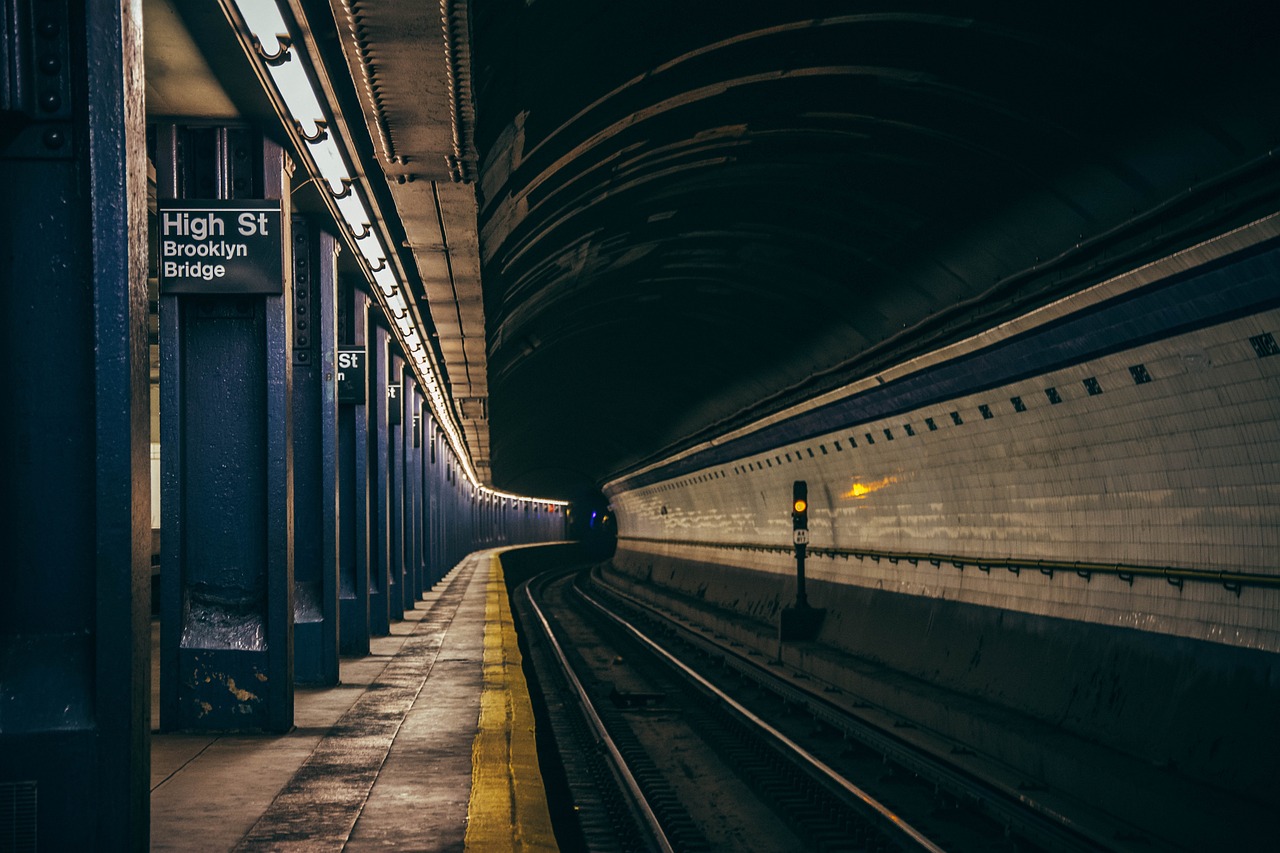
Preservation of Cultural Heritage
Public murals play a crucial role in urban communities, serving as expressions of culture, history, and identity. They contribute to the beautification of neighborhoods, promote social cohesion, and provide platforms for local artists to showcase their talents.
Public murals often depict cultural symbols, traditions, and stories that are significant to the community's heritage. They serve as visual representations of the community's identity and history, preserving cultural heritage for future generations. These murals act as living museums, telling stories through vibrant colors and intricate designs that captivate the viewer's imagination. By immortalizing cultural elements on walls, public murals ensure that the essence of a community's heritage is preserved and celebrated for years to come.
Public murals give a voice to marginalized communities and provide a platform for them to express their experiences, struggles, and aspirations. They empower residents to take ownership of their neighborhoods and create positive change.
Public murals can address social issues, raise awareness about important causes, and spark conversations about justice and equality. They serve as powerful tools for advocacy and activism, inspiring community members to take action.
Well-known public murals attract tourists and art enthusiasts, boosting local economies through increased foot traffic and cultural tourism. They contribute to the revitalization of neighborhoods and support small businesses in the area.
Public murals celebrate the diversity of urban communities, showcasing different cultures, languages, and traditions. They promote inclusivity and unity, fostering a sense of belonging among residents from various backgrounds.
Public murals offer educational value by sharing historical events, promoting environmental awareness, and highlighting scientific discoveries. They inspire creativity and critical thinking among viewers, especially young people in the community.
Public murals provide artists with a canvas to express themselves freely, experiment with different styles, and push boundaries in their work. They encourage artistic innovation and collaboration, enriching the cultural landscape of urban areas.
Engaging with public murals can have therapeutic benefits, reducing stress, anxiety, and feelings of isolation. The colors, themes, and messages of murals can uplift spirits, promote mental well-being, and create a sense of connection within the community.
Q: How are public murals funded?
A: Public murals can be funded through a variety of sources, including government grants, private donations, and collaborations with local businesses or organizations.
Q: Are public murals permanent?
A: While some public murals are intended to be permanent installations, others may be temporary and subject to change or removal based on community preferences or redevelopment plans.
Q: How can I get involved in creating public murals?
A: You can get involved in creating public murals by reaching out to local artists or community organizations involved in mural projects, volunteering your time or resources, or participating in mural painting events.

Community Empowerment and Representation
Community empowerment and representation are at the core of public murals in urban communities. These vibrant artworks serve as powerful tools for giving a voice to marginalized groups and underrepresented populations. By depicting the experiences, struggles, and aspirations of the community, public murals empower residents to take ownership of their neighborhoods and advocate for positive change.
Through the creation of public murals, local artists can amplify the voices of those who are often unheard, shining a spotlight on issues that matter most to the community. These murals not only beautify the urban landscape but also serve as a platform for social commentary and reflection on societal norms and values.
Moreover, public murals foster a sense of unity and solidarity among community members, creating a shared space where diverse perspectives and narratives converge. They break down barriers and promote inclusivity, celebrating the richness of cultural diversity within urban environments.
By engaging with public murals, residents are encouraged to engage in conversations about social justice, equality, and community well-being. These artworks spark dialogue, inspire activism, and encourage individuals to work together towards a common goal of building a more equitable and inclusive society.
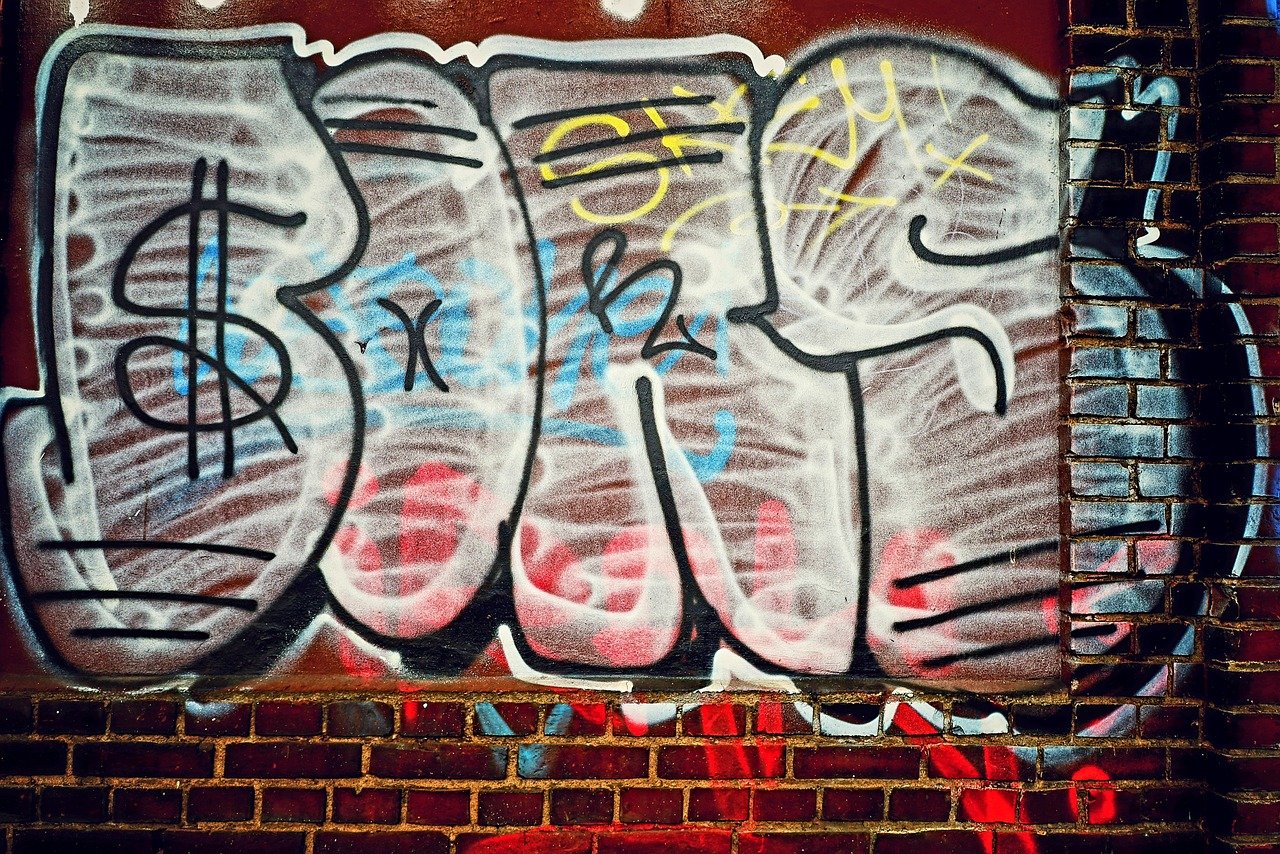
Promotion of Social Justice and Awareness
Social justice and awareness are essential components of a thriving community, and public murals serve as powerful catalysts for promoting these values. Through vibrant and thought-provoking artwork, murals have the ability to address pressing social issues, provoke critical conversations, and advocate for equality and justice. By depicting themes of diversity, inclusion, and solidarity, public murals act as visual statements that challenge societal norms and inspire positive change.
These murals often act as mirrors reflecting the community's collective consciousness, shedding light on injustices, inequalities, and systemic barriers that need to be dismantled. They serve as reminders of the importance of empathy, compassion, and solidarity in creating a more just and equitable society for all. Public murals have the unique ability to spark empathy in viewers, encouraging them to see the world through different perspectives and stand in solidarity with marginalized communities.
Furthermore, public murals can be instrumental in amplifying the voices of underrepresented groups, providing a platform for their stories, struggles, and triumphs to be heard and acknowledged. By showcasing narratives that are often overlooked or silenced, these murals empower individuals to reclaim their narratives, challenge stereotypes, and advocate for social change.
Public murals also play a crucial role in educating the public about complex social issues, historical injustices, and ongoing struggles for justice and equality. They serve as educational tools that engage viewers in critical dialogues, encouraging them to question prevailing narratives, confront biases, and take action towards building a more inclusive and equitable society.
In essence, public murals are not just artistic expressions but powerful agents of social change, raising awareness, promoting dialogue, and inspiring collective action towards a more just and compassionate world.
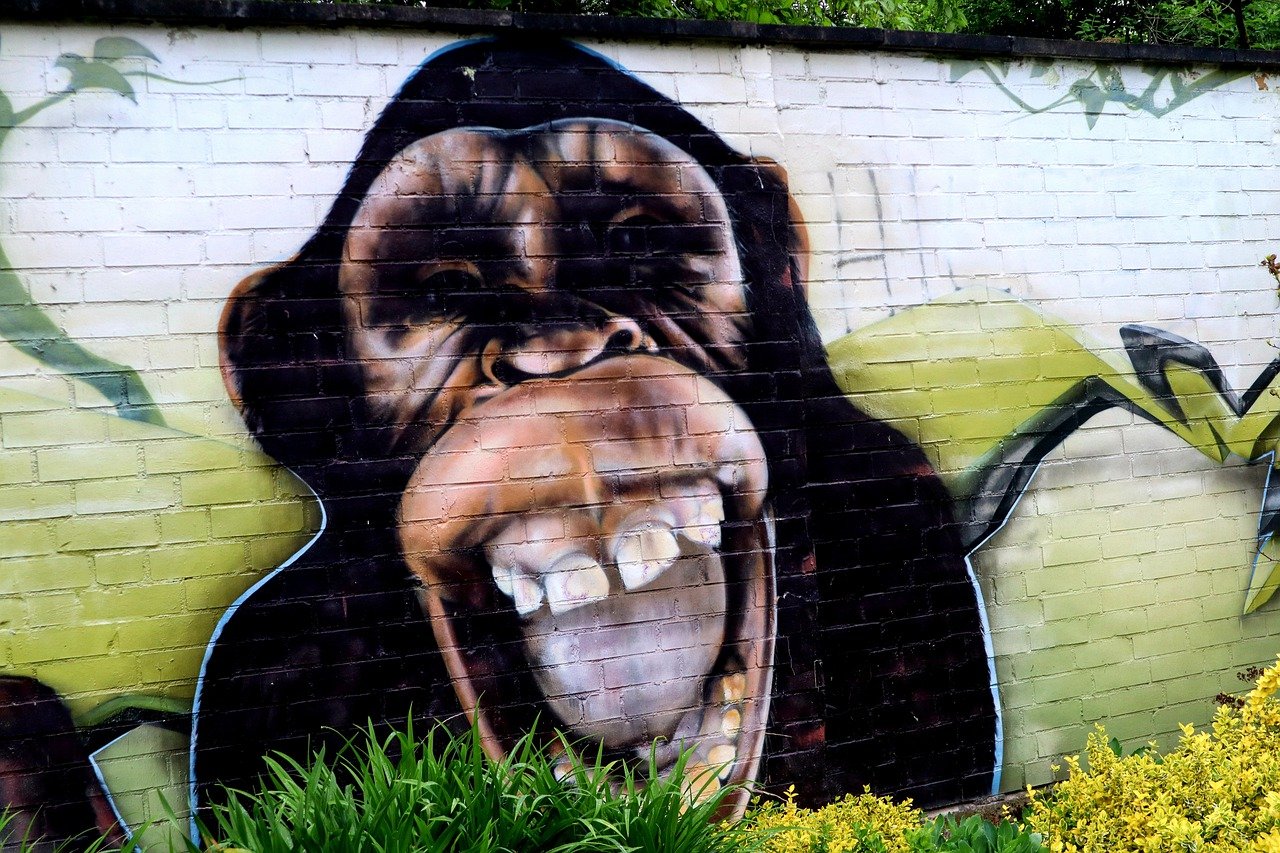
Tourism and Economic Development
Public murals have a profound impact on tourism and economic development in urban communities. These vibrant artworks serve as major attractions, drawing in tourists and art enthusiasts from far and wide. The allure of exploring a city's diverse collection of murals can significantly boost local economies by increasing foot traffic to businesses in the surrounding area.
Furthermore, public murals contribute to cultural tourism, offering visitors a unique glimpse into the heart and soul of a community through artistic expression. Tourists often seek out well-known murals as part of their travel experience, leading to increased spending on accommodations, dining, and local goods and services.
Moreover, public murals play a vital role in the revitalization of neighborhoods. By transforming blank walls into colorful masterpieces, these artworks breathe new life into urban spaces, making them more attractive and inviting. As a result, businesses in the vicinity may experience a surge in sales and visibility, ultimately contributing to the overall economic growth of the area.

Celebration of Diversity and Inclusion
Public murals serve as vibrant reflections of urban communities, embracing the kaleidoscope of diversity and promoting inclusivity. These artistic masterpieces celebrate the rich tapestry of cultures, languages, and traditions that coexist within a city's boundaries. Just like a mosaic composed of various colorful tiles, public murals bring together different elements to create a harmonious and unified whole. They act as visual storytellers, weaving narratives of shared experiences and highlighting the unique contributions of each community member.
Through the lens of art, public murals break down barriers and foster a sense of belonging among individuals from diverse backgrounds. They symbolize unity in diversity, showcasing the beauty of cultural exchange and mutual respect. Like a symphony with multiple instruments playing in harmony, these murals resonate with the collective heartbeat of a community, echoing the values of acceptance and understanding.
Furthermore, public murals serve as powerful symbols of inclusion, sending a message of acceptance and tolerance to all who encounter them. They create a welcoming environment where differences are not only accepted but celebrated. Like a grand feast with a variety of flavors and textures, these murals offer a feast for the eyes, inviting viewers to appreciate the uniqueness of each cultural expression represented.
In essence, public murals stand as beacons of diversity and inclusion in urban landscapes, reminding us of the beauty that emerges when people from all walks of life come together in unity. They inspire us to embrace our differences, learn from one another, and build a more harmonious society where everyone is valued and respected.
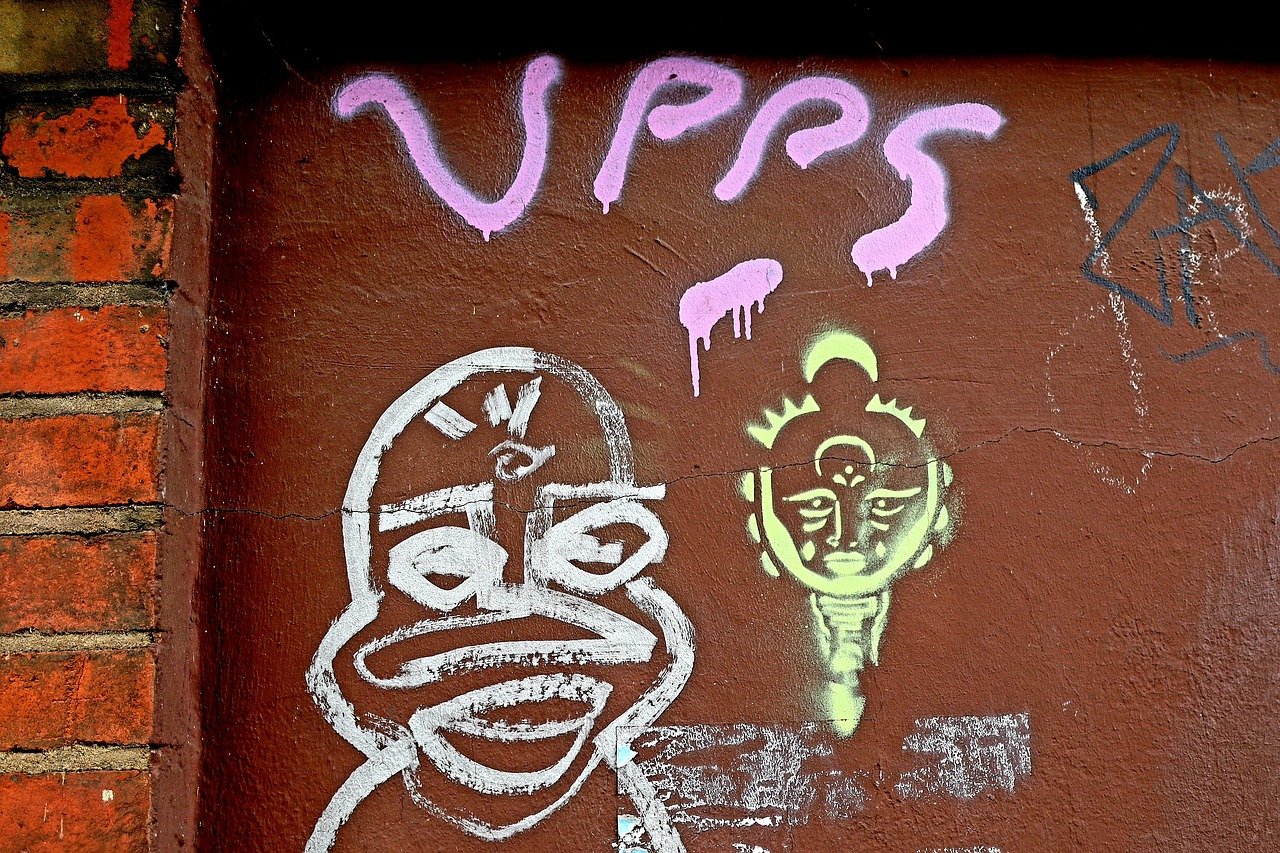
Educational Opportunities and Inspiration
Public murals offer a unique blend of educational opportunities and inspiration to urban communities. These vibrant artworks serve as outdoor classrooms, sharing historical events, promoting environmental awareness, and highlighting scientific discoveries in a visually engaging manner. By depicting significant moments in history or showcasing the wonders of nature, public murals spark curiosity and encourage viewers to delve deeper into various subjects.
Moreover, public murals inspire creativity and critical thinking, especially among young people in the community. By witnessing the artistic expressions of talented muralists, individuals are encouraged to explore their own creative potential and think outside the box. The colorful and imaginative nature of murals ignites a sense of wonder and curiosity, fostering a love for art and self-expression.
Furthermore, public murals provide a platform for educational initiatives and community projects. Schools and educational institutions can use murals as visual aids to supplement learning materials and engage students in interactive discussions. Workshops and guided tours centered around murals can offer hands-on learning experiences, allowing participants to gain a deeper understanding of the cultural significance behind each artwork.

Artistic Expression and Creative Freedom
Artistic expression through public murals is a powerful avenue for artists to unleash their creativity and embrace creative freedom. These murals serve as large-scale canvases that allow artists to explore various styles, techniques, and themes, pushing the boundaries of traditional art forms. By utilizing vibrant colors, intricate details, and bold compositions, artists can captivate viewers and evoke emotions through their work.
Furthermore, public murals encourage collaboration among artists, fostering a sense of community and shared artistic vision. Collaborative mural projects often involve artists from diverse backgrounds coming together to create a cohesive piece that reflects the collective spirit of the community. This collaborative process not only enhances the artistic quality of the murals but also promotes unity and cooperation among artists.
Artistic expression through public murals is not confined by traditional art spaces or gallery settings. Instead, these murals are accessible to everyone, transforming urban landscapes into open-air galleries that engage and inspire passersby. Artists have the freedom to convey powerful messages, share personal stories, and provoke thought through their murals, sparking conversations and challenging perceptions.
Moreover, public murals provide a platform for emerging artists to gain recognition, showcase their talent, and establish their artistic voice. By displaying their work in public spaces, artists can reach a wider audience and connect with community members who may not typically engage with traditional art forms. This exposure not only benefits the artists themselves but also enriches the cultural fabric of urban communities.
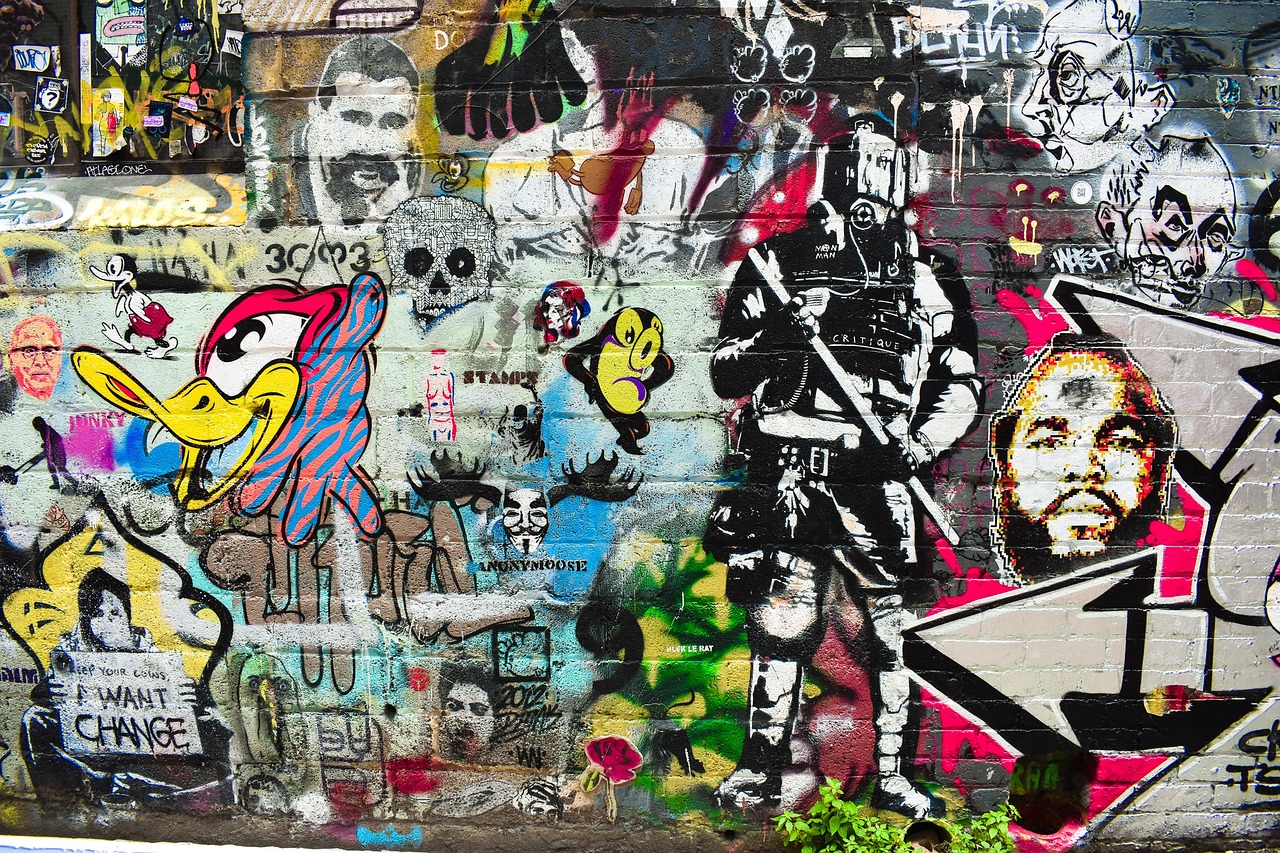
Therapeutic and Healing Effects
Public murals play a crucial role in urban communities, serving as expressions of culture, history, and identity. They contribute to the beautification of neighborhoods, promote social cohesion, and provide platforms for local artists to showcase their talents.
Public murals often depict cultural symbols, traditions, and stories that are significant to the community's heritage. They serve as visual representations of the community's identity and history, preserving cultural heritage for future generations.
Public murals give a voice to marginalized communities and provide a platform for them to express their experiences, struggles, and aspirations. They empower residents to take ownership of their neighborhoods and create positive change.
Public murals can address social issues, raise awareness about important causes, and spark conversations about justice and equality. They serve as powerful tools for advocacy and activism, inspiring community members to take action.
Well-known public murals attract tourists and art enthusiasts, boosting local economies through increased foot traffic and cultural tourism. They contribute to the revitalization of neighborhoods and support small businesses in the area.
Public murals celebrate the diversity of urban communities, showcasing different cultures, languages, and traditions. They promote inclusivity and unity, fostering a sense of belonging among residents from various backgrounds.
Public murals offer educational value by sharing historical events, promoting environmental awareness, and highlighting scientific discoveries. They inspire creativity and critical thinking among viewers, especially young people in the community.
Public murals provide artists with a canvas to express themselves freely, experiment with different styles, and push boundaries in their work. They encourage artistic innovation and collaboration, enriching the cultural landscape of urban areas.
Engaging with public murals can have therapeutic benefits, reducing stress, anxiety, and feelings of isolation. The colors, themes, and messages of murals can uplift spirits, promote mental well-being, and create a sense of connection within the community.
Frequently Asked Questions
- What is the significance of public murals in urban communities?
Public murals play a vital role in urban communities by serving as expressions of culture, history, and identity. They contribute to neighborhood beautification, promote social cohesion, and provide platforms for local artists to showcase their talents.
- How do public murals contribute to the preservation of cultural heritage?
Public murals often depict cultural symbols, traditions, and stories that are significant to the community's heritage. They serve as visual representations of the community's identity and history, preserving cultural heritage for future generations.
- What role do public murals play in promoting social justice and awareness?
Public murals can address social issues, raise awareness about important causes, and spark conversations about justice and equality. They serve as powerful tools for advocacy and activism, inspiring community members to take action.
- How do public murals contribute to tourism and economic development?
Well-known public murals attract tourists and art enthusiasts, boosting local economies through increased foot traffic and cultural tourism. They contribute to the revitalization of neighborhoods and support small businesses in the area.
- What therapeutic and healing effects can engaging with public murals have?
Engaging with public murals can have therapeutic benefits, reducing stress, anxiety, and feelings of isolation. The colors, themes, and messages of murals can uplift spirits, promote mental well-being, and create a sense of connection within the community.



















